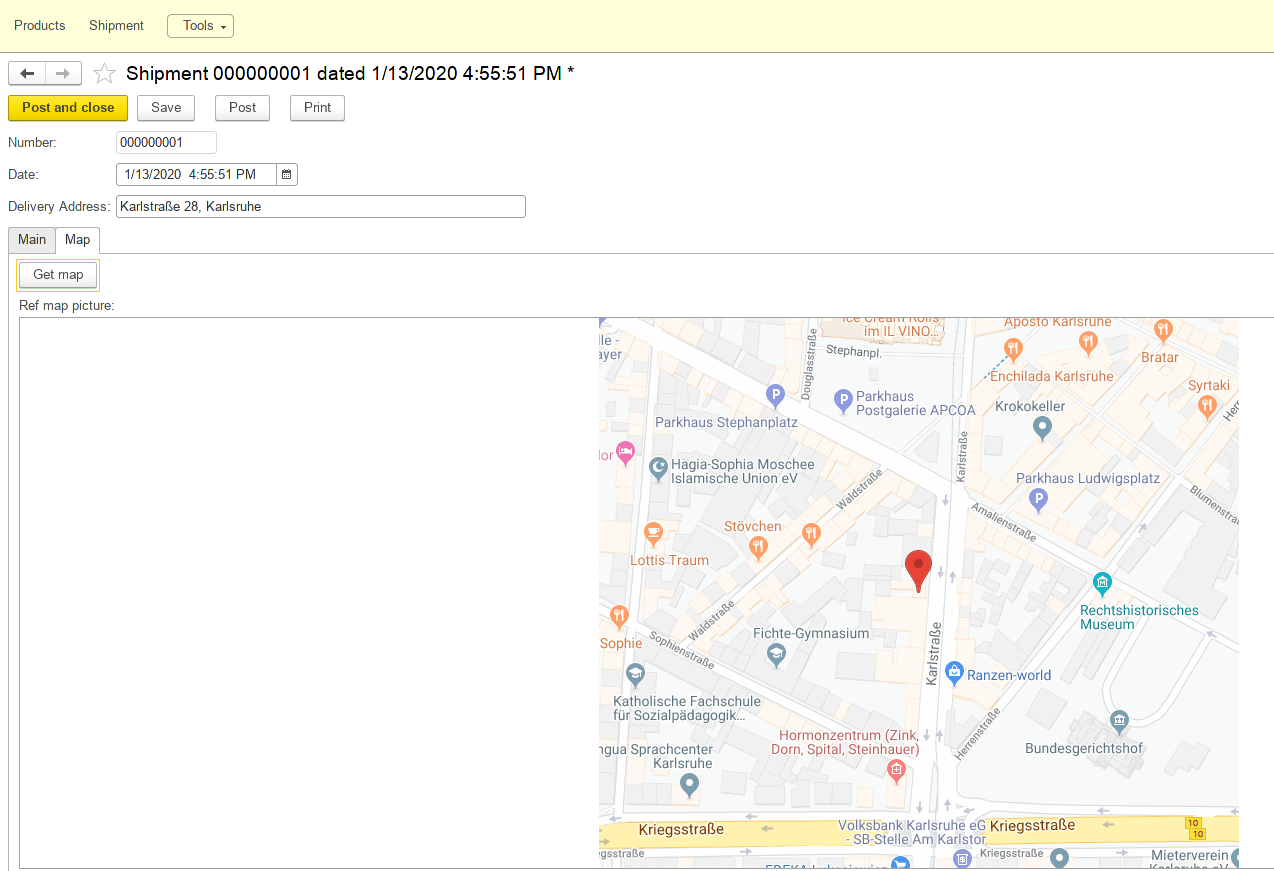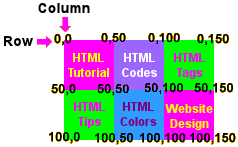
Contexts in which this element can be used: Where phrasing content is expected, but only if there is a map element ancestor.
#Map coords html android#
The IDL attribute name must reflect the content attribute of theįirefox Android ? Safari iOS ? Chrome Android ? WebView Android ? Samsung Internet ? Opera Android 12.1+ Categories: Flow content.

Returns an HTMLCollection of the area elements in theĪttribute must return an HTMLCollection rooted at the map element, whose If the id attribute is also specified, bothĪttributes must have the same value. The value of the name attribute must not be equal to the value of the name attribute of another map element in the same Have a non-empty value with no ASCII whitespace. The map a name so that it can be referenced. The map element, in conjunction with an img element and anyĪrea element descendants, defines an image map. readonly attribute HTMLCollection areas Content attributes: Global attributes name - Name of image map to reference from the usemap attribute Accessibility considerations: For authors. Tag omission in text/html: Neither tag is omissible.

Contexts in which this element can be used: Where phrasing content is expected. Use this information to retrieve all the data you need.Firefox Android ? Safari iOS 1+ Chrome Android ? WebView Android ? Samsung Internet ? Opera Android 12.1+ Categories: Flow content. The F8 button is a shortcut in Photoshop to pull up the image info tab, which will help you locate the coordinates of your mouse cursor over the image. To get my coordinates for my polygon, which in the image I’m using is a chair, I again use photoshop. If the polygon is a pentagon, then you will need five sets of coordinates - a set being one x value and one y value. Though keep in mind that it’s really not that important to be overly precise.

The more coordinates you have, the more precise the curve will be. If there are curves then you you will need to gather many coordinates. For image map polygons, you will need to gather all the points in the polygon. Rectangles and circles are pretty straightforward, but you can map out complex objects and shapes as well - known as polygons. Note: image maps will not render correctly on mobile devices. width: 100% ), because screen sizes are variable and the pixel coordinates are established regardless the screen size. Likewise, you can’t adjust the image to fit a % of the screen (e.g. The HTML map will still refer to the original coordinates and it won’t align with the new image dimensions. What you don’t want to do is create a map based on a 600 pixel by 400 pixel image, and then upload the image to Canvas and change the dimensions to 300 x 200. > Important: when you are creating the coordinates for the HTML map, you must use the picture that you plan to upload into Canvas << These coordinates might look like:Ĭoords="center from left, center from top, radius" So we are looking for x1 (the distance in pixels from the left part of the map to the center of the circle) and the y1 value (the distance in pixels from the top part of the map to the center of the circle).

These coordinates are this represented as such:Ĭoords="204,20,460,205" (as an example of what the values might look like)įor the circle, we need to know where the center of the circle is from the top left corner of the map. We are essentially looking for the x1 value (the distance in pixels from the left part of the map to the left part of the rectangle) and the y1 value (the distance in pixels from the top part of the map to the top part of the rectangle). The upper left corner is referred to as x1, y1. Let’s start by reviewing the rectangle and circle maps.įor a rectangle, we need to define the coordinates for the upper left corner and the lower right corner. Note that the image above is not mapped out/hyperlinked, but you can see a working example on my sandbox Canvas page.


 0 kommentar(er)
0 kommentar(er)
